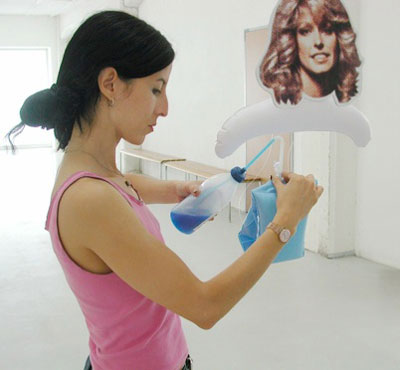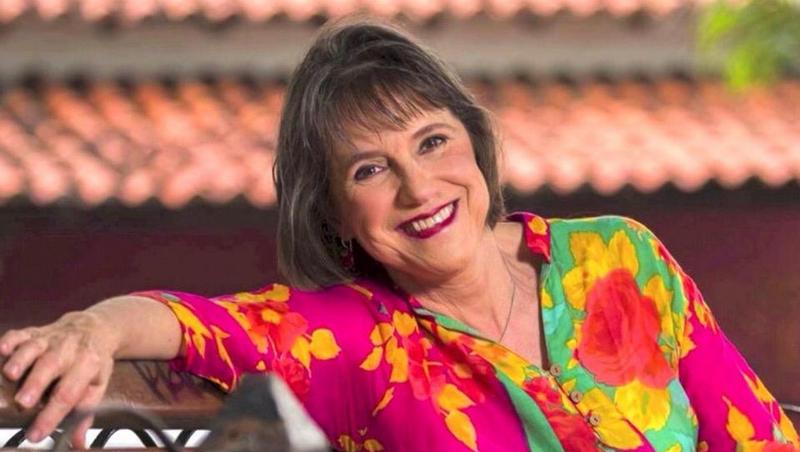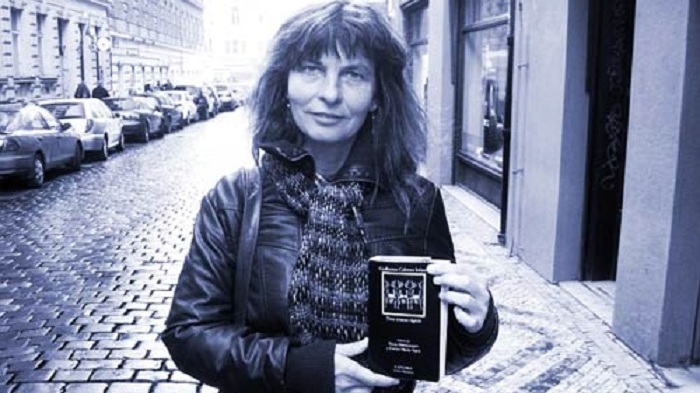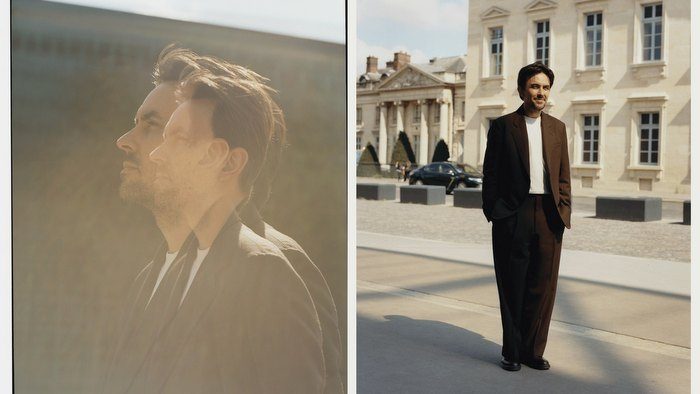Young Peruvian artist Susana Perrottet received an invitation issued by the Fine Arts University of Zurich, Switzerland, –where she got her master degree– to participate in VIP ART FAIR Contemporary Art International Fair (July 12 – August 12, 2012), a completely online alternative.
Two weeks later, Perrottet, who was in Basel mounting an exhibition, answered a phone call from New York and this was the message: the rigorous jury of the event had handpicked her as the best among the 380 artists from 40 countries that had also participated.
Born in Lima in 1975, Swiss father and Peruvian mother, Perrottet works with digital animation, but the starting point are drawing and painting.
Is this the first time you win an international contest?
Yes, it is. I’ve began this year participating in contests and answering these kind of calls. And it seems that this is my year! I was told yesterday that Deutsche Bank has chosen a proposal I put on the map to have my work in the public thoroughfare in Zurich. Besides, the awarding ceremony of the Swiss Art Awards is going to be held this Monday, and I was invited to showcase my work after having competed with 700 Swiss artists, 50 of which were invited.
What are your usual themes? How do you describe your work?
I’m focused on reading “between the lines” of our reality. The perception of the immaterial, conscious and unconscious episodes of everyday life, such as our dreams; they all have the same importance and value for me. I also feel that our ancestors are still alive among us. We share and make some of their dreams, desires and hopes come true. We and they are living at the same time. I build my own scenery of our reality with all these aspects.
Why did you choose this artistic expression style?
During my first years as autodidact –since I was 16 years old until I became 29- I was only focused on painting. When I was 29, I decided to study Fine Arts. That was when I tried other techniques and rediscovered the drawings. Most of my drawings were like scenes of an animated movie or comic. That made me wish for the characters I draw to blink or move. The following step was exploring and including sound. When I watched the first animation, I felt that that was what I wanted to do.
 What’s the technique you use to create your animations?
What’s the technique you use to create your animations?
I usually spend several months analyzing an idea before I get it done and there no loose end. I think of everything, from A to Z. I’m pretty perfectionist and I exactly know what I want. Afterwards, I take care of the logistics. I write down everything, every step.
Most of the time, I start recording and mounting the audio track. They can be interviews, street sounds, my own compositions, etc. Then I draw, scan and digitally animate. I use After Effects program. The drawing must remain a drawing, that’s very important. That’s the reason why I only use the basic functions of that animation program. No effects. Simplicity is extremely important.
I know that your father is Swiss and your mother is Peruvian. Has that cultural blend had any impact on your work?
The life between two cities, so different and antagonistic, has given me “the look to the distance” from two perspectives. For me, Lima represents the unconscious and Zurich the rationality. Living two realities: being Latin in Switzerland and gringa in Lima. Having two families with so many differences. For instance, my great-grandmother on my mother side was brought up in a ranch in Pisco and my great-grandmother on my father side was precursor of modern dance in Europe. Those polarities made feel very comfortable in the environment. The themes on my works are related to that space in which both things are valid at the same time: the real and the unreal, the past and the present.
Your family has strong ties with art (dance). What can you tell us about it?
My great grandparents on my father side revolutionized modern dance. My great-grandmother was Swiss dancer and teacher Suzanne Perrottet (1889-1983) and my great grandfather, Hungarian Rudolf von Laban (1879-1958), was a dancer, choreographer and theorist of dance. One of his contributions was giving art level to modern dance.
They created the Laban Center in London, dedicated to contemporary dance. I recently visited it and the way they received me when they realized I was Laban’s great granddaughter was very funny and charming. In the early 20th century, they were part of the Swiss community in Monte Verità (The Mountain of Truth) that attracted anarchists, socialists, vegetarians, artists, writers and dancers that were looking for new ways to live out of the established rules. Some members of this community were Hermann Hesse, Carl Gustav Jung, Karoly Kerényi, Erich Maria Remarque and Isadora Duncan. My great-grandmother also made up the Dadaism movement at Voltaire Cabaret in Zurich.
Are you presently living in Switzerland?
I was born in Lima. We moved to Switzerland on 1991, third time. And that was the longest stay of all. The 4 or 5 years we had planned to stay there became 20 years. I never abandoned the idea of going back to Peru. Every year, I spent one month there to meet my friends and family and get in touch with the Peruvian life, discover Lima, travel on combi. It was all very exotic and enjoyable.
I finished my master’s in 2010 and, despite my art career had just kicked off; I felt that the time to go back to Lima had arrived. The picture is different now. I live and work in Lima, and travel one or twice a year to Switzerland.
Fragments taken from: Di negro, Gianfranco. Animacion digital: peruana conquista premio internacional / http://entretenimiento.terra.com.pe (June 6, 2012, 17:32)
Related Publications

Cecilia Todd. Singing always makes sense
August 21, 2020
Q & A with Marguerite Horberg of Hot House
July 17, 2020











